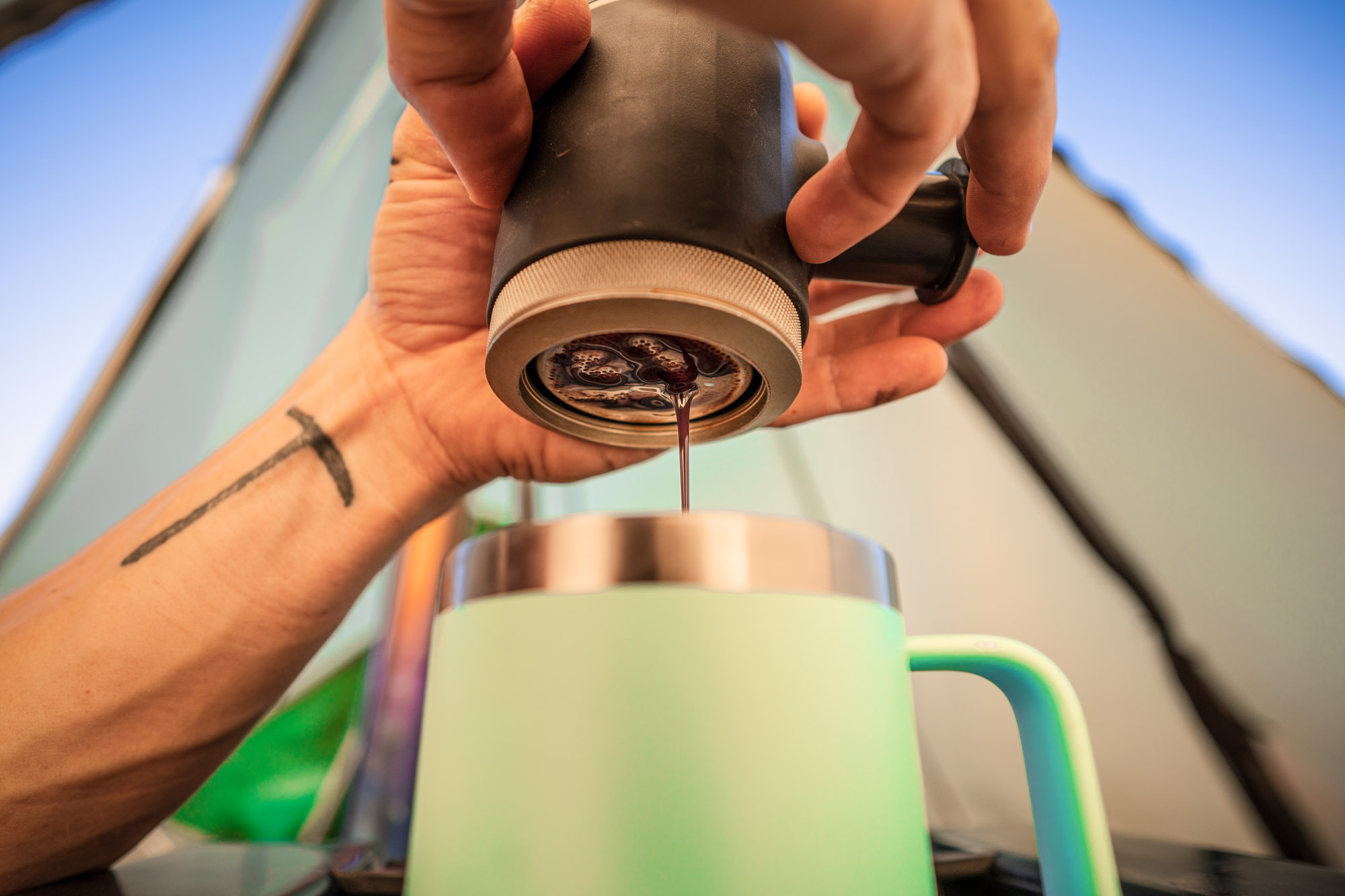The first article I ever had published in the pages of Overland Journal was a field-tested review of Wacaco’s Nanopresso travel espresso maker. Given that fact, it feels especially fitting that now, two years later, I am reviewing Wacaco’s newest product: the Picopresso.
The Wacaco Picopresso
The Pico is the culmination of eight years of design refinements that all started with Wacaco’s first espresso maker, the Minipresso. The Mini garnered much love and appreciation, but it had some limitations, specifically that it only generated 118 pounds-per-square-inch (8 bar) of pressure. But the next iteration, the Nanopresso (reviewed in Overland Journal, Spring 2020), addressed the pressure issue, delivering 261 pounds-per-square-inch (18 bar) for a higher-quality shot.
For 2021, the Wacaco Picopresso ups the ante. It is still compact like the Mini and Nano but shorter overall (although slightly larger in diameter). Like its predecessors, the Pico is aimed at the coffee enthusiast who wants the ability to make high-quality espresso shots on the go. However, unlike the Mini or Nano, the Pico adheres to some industry standards. It has a 52-millimeter, 18-gram-capacity stainless steel naked portafilter. It also generates the gold standard 261 pounds-per-square-inch of pressure (18 bar), the same pressure achieved in electric tabletop machines.
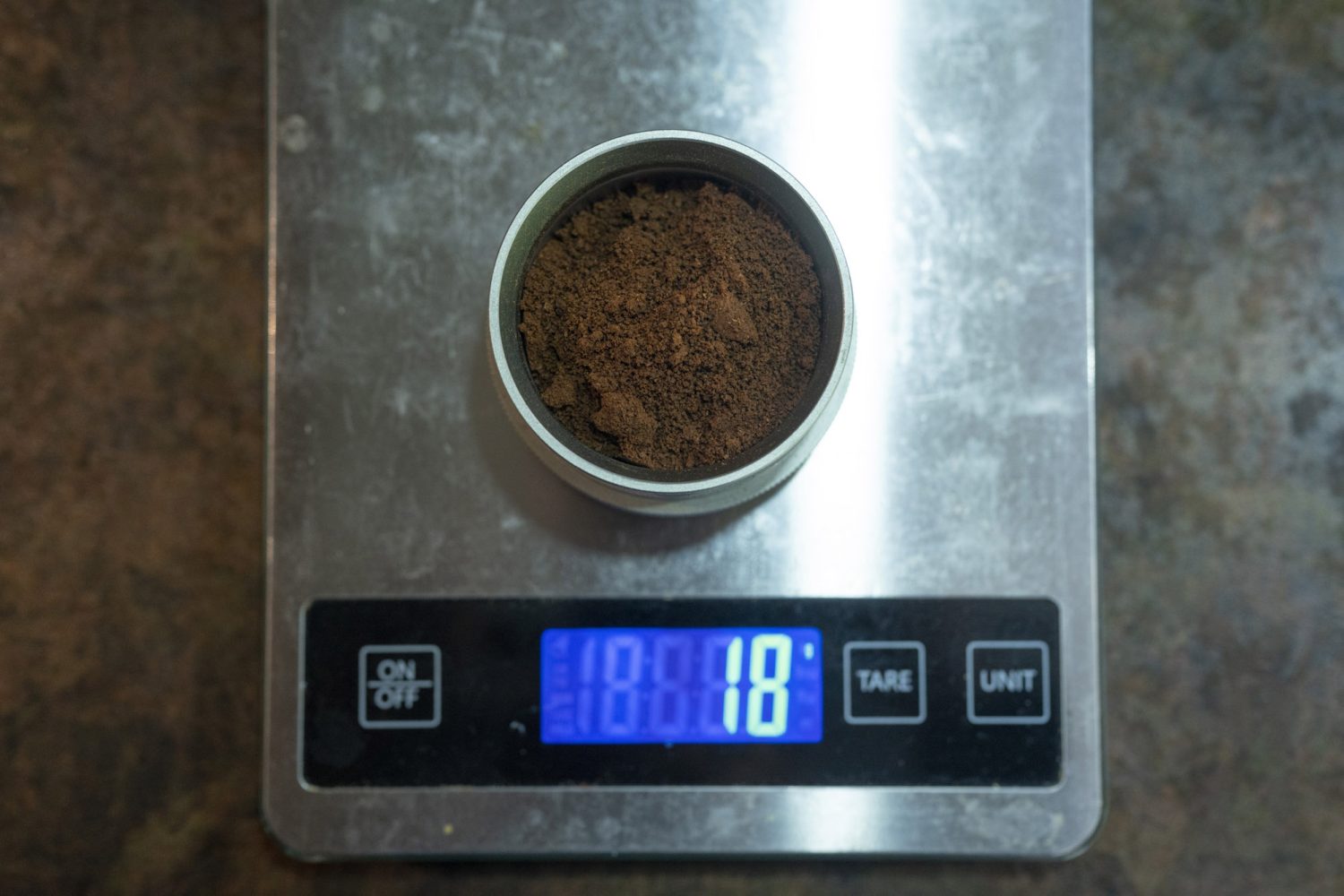
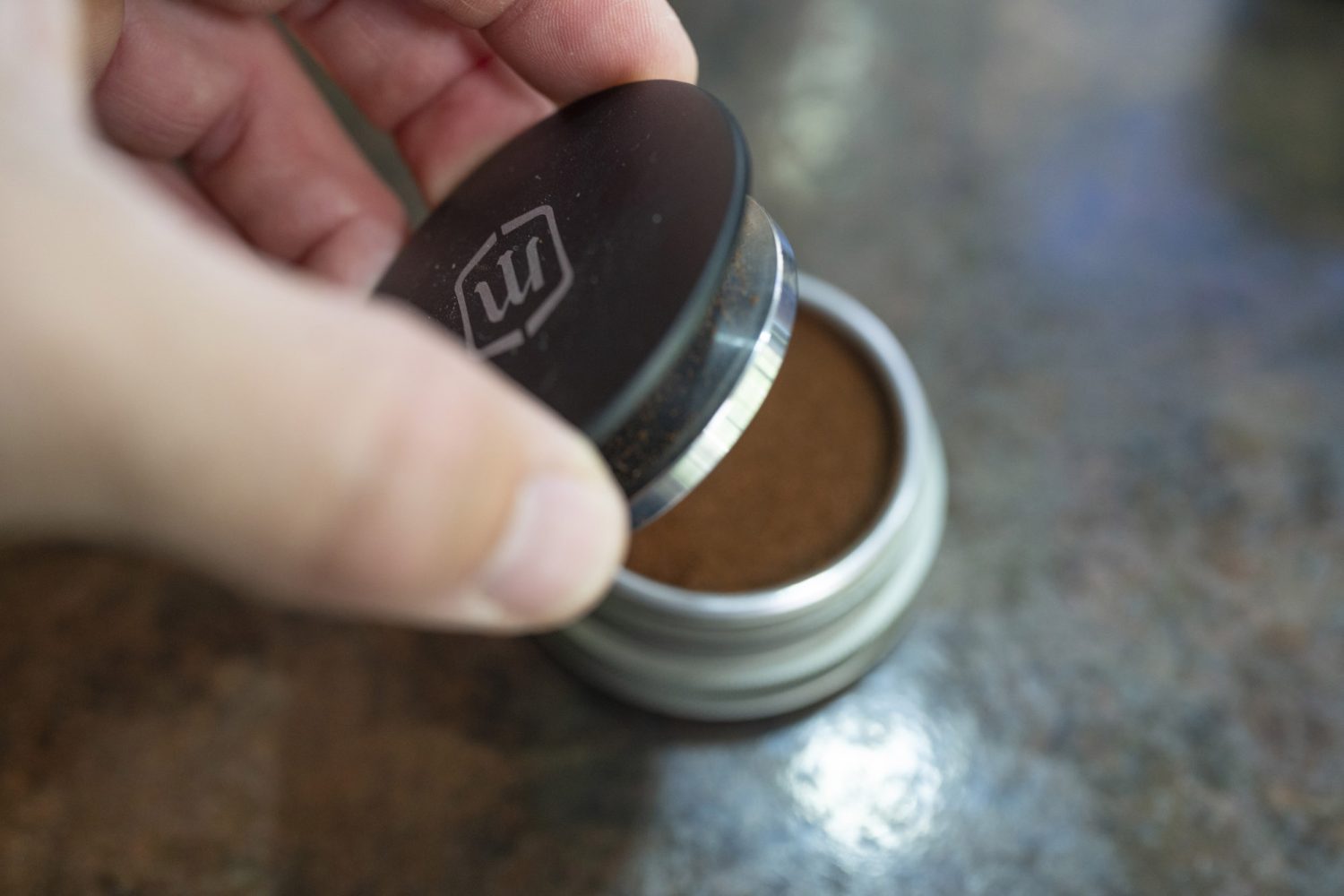
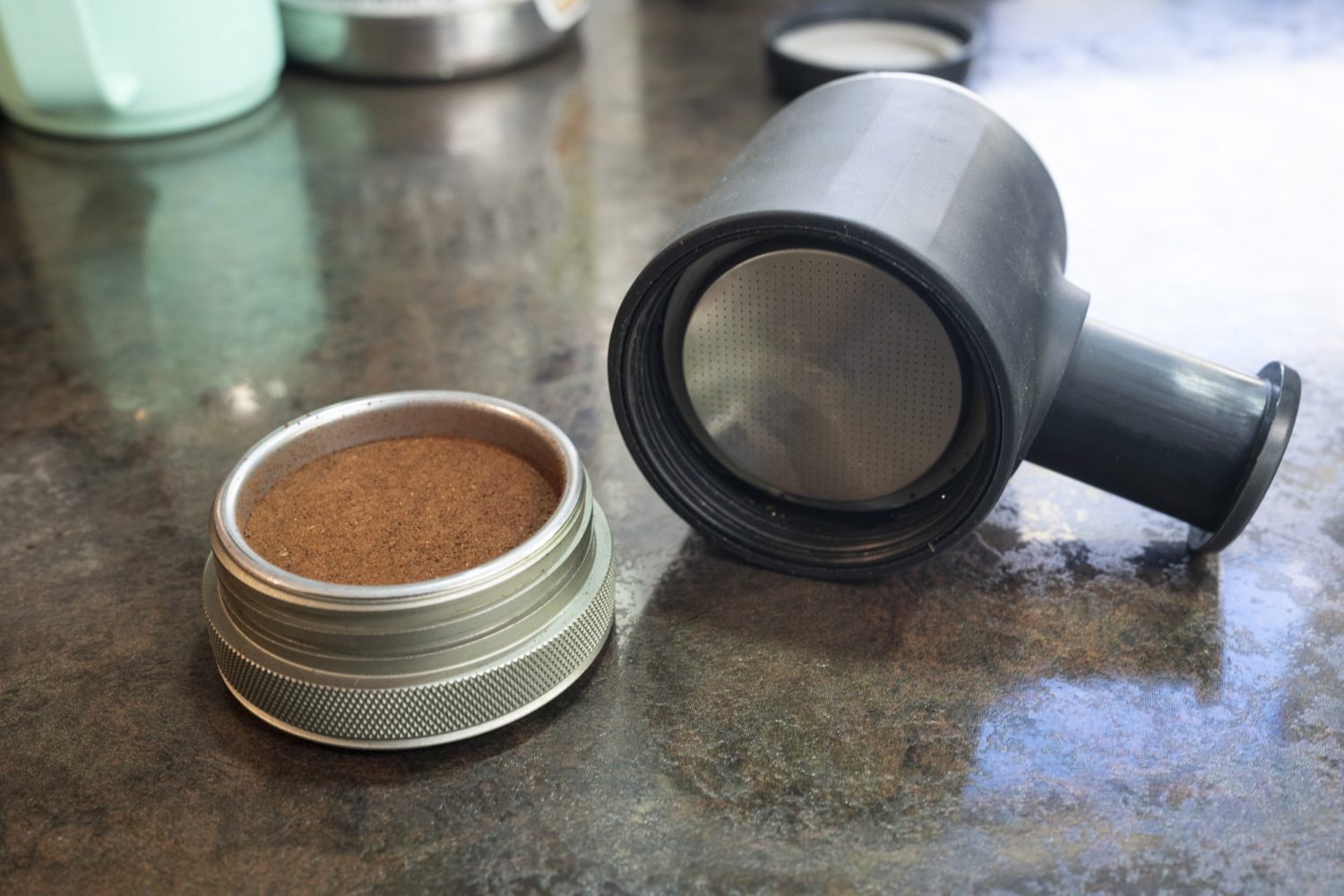
Using the Picopresso is very easy, especially if you have a small digital scale. Measure out 16 grams of espresso into the portafilter, tamp the grounds with the included tool, fill the Pico’s reservoir with hot water, and pump out a rich espresso shot. The whole process takes less than a minute once the water has boiled.
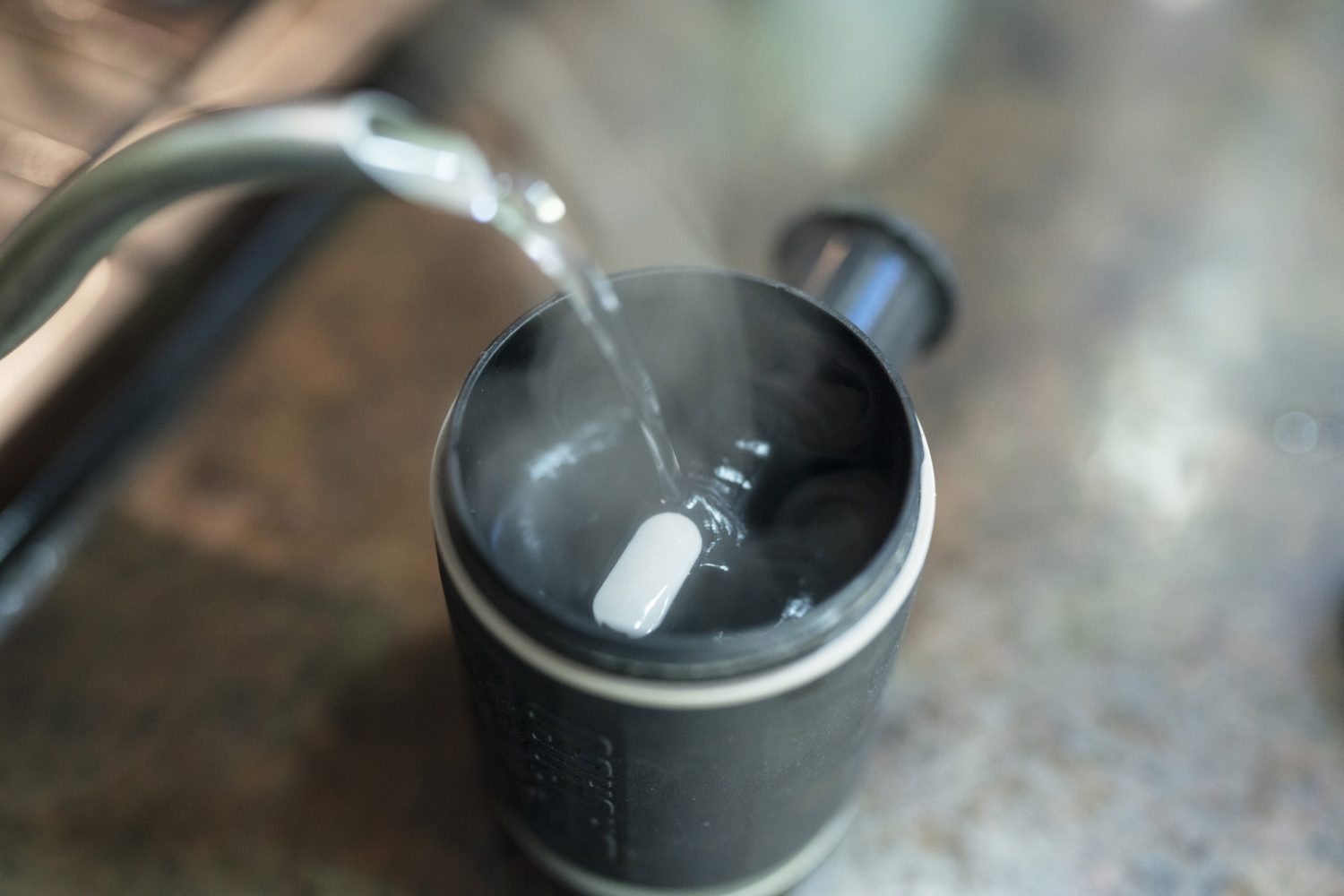
The results of the brewing process are excellent, and given my curious nature, I’ve found myself wondering why the Picopresso makes such a delicious espresso. One big difference that I’ve identified is that it utilizes a stainless steel filter, whereas the Nano has a plastic one. But ultimately, the biggest advantage is the information that can be gleaned from watching the espresso extraction through the bottom of the naked portafilter (its main advantage). The way the espresso flows out of the filter tells you (well, the internet can tell you) how to adjust your tamping technique, coffee grind, water temperature, or extraction time for optimal results.
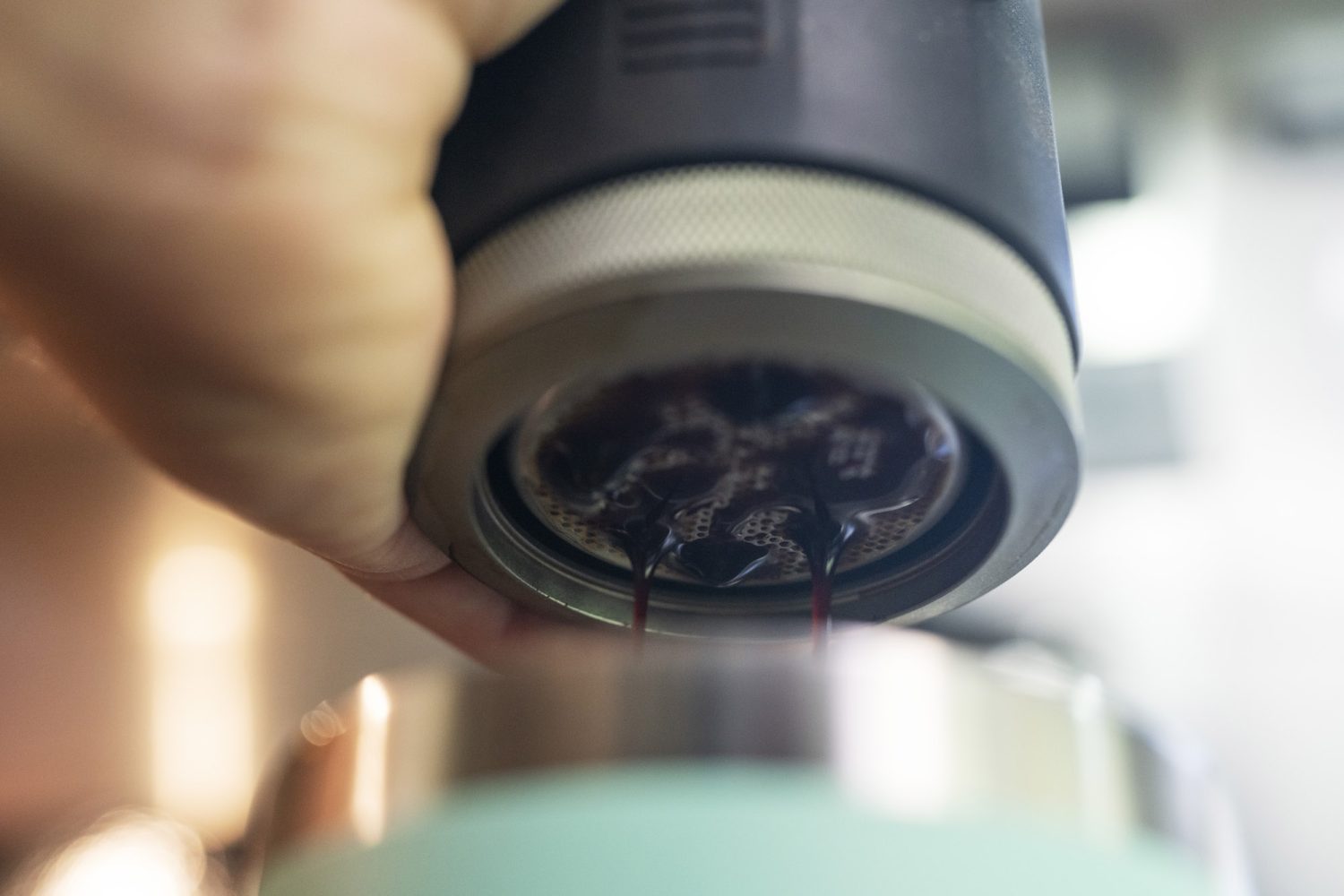

Basically, the Picopresso gets you as close to a tabletop espresso machine as possible, albeit in a travel-friendly form factor the size of a small camera lens. My one gripe with this product is that securing the lid on the water reservoir is difficult, and it can also be challenging to remove. Despite this, the Picopresso is absolutely the best portable coffee solution that I’ve tested yet, and it has replaced all of my other brewing equipment on the road.
$130 | Wacaco.com


